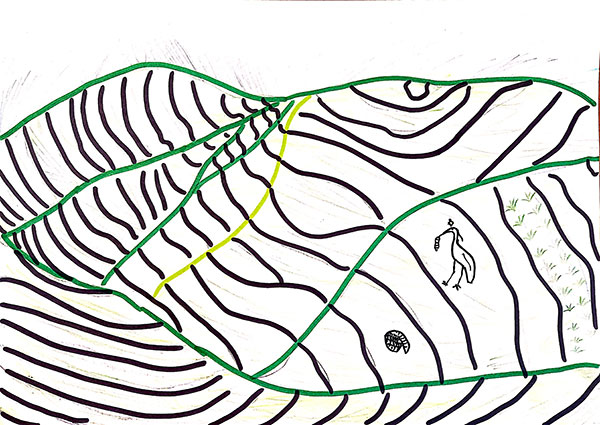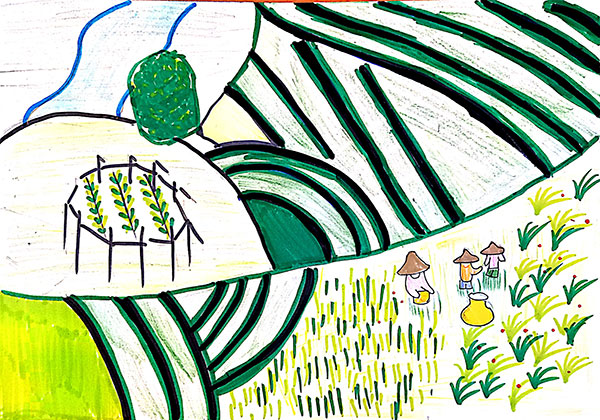Low-elevation Mountains

Low-elevation mountains are areas below 800 meters in elevation, which are more accessible by walking, biking, or driving, compared to high mountains. These areas contain natural resources such as streams, wetlands, grasslands, forests, and other natural environments, as well as farmlands, orchards, woodlands, cattle and sheep grazing areas, and parks. Life in low-elevation mountain areas is closely connected with human life. Thus, humans actively use the natural resources in these areas; meanwhile, we also interfere with the ecosystem. The natural life living in low-elevation mountain areas is under great threat due to human development.

Taiwan is located in the subtropical and tropical zones with high temperatures and heavy rainfall. Small trees, shrubs, and many herbs and saplings on the ground can be seen everywhere. The complex vegetation structure of the forest creates a variety of habitats and food resources for wildlife. The more complex the environment, the more species and numbers of wildlife there are. The rich ecological habitat of the low-elevation mountain areas is home to numerous small invertebrates, amphibians, reptiles, and an amazing variety of birds and mammals.
Humans should be more aware of the importance of the ecosystem in low-elevation mountain areas because they are the lungs of the city, not merely areas for recreational purposes or farming. They are the base of water resources, food, and air that are inseparable from humans.